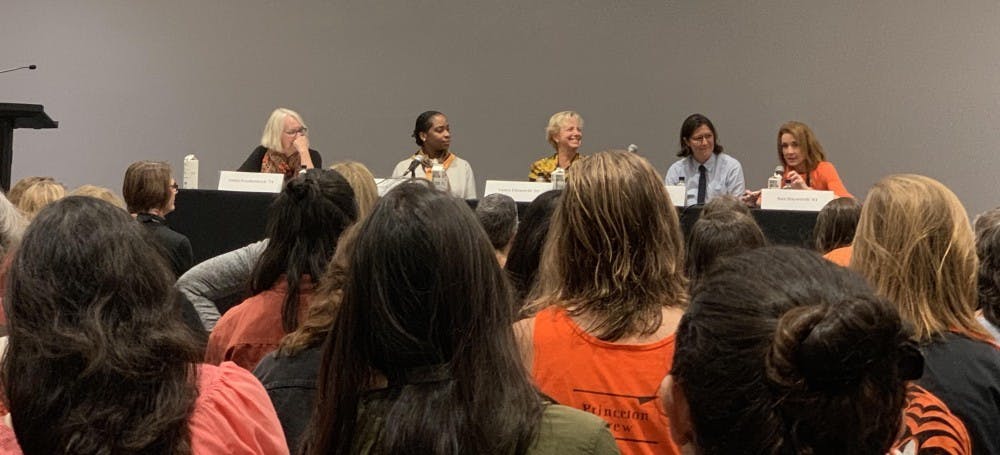This semester I have been writing a series of articles calling attention to gender inequality among Princeton’s faculty and the various factors that cause that disparity — while those contributing circumstances are noteworthy, the lack of action within the University should be scrutinized. Princeton, as a self-proclaimed “first-class” institution, should lead educational institutions in gender equality, not lag behind. Yet Princeton is not unique — the culture of academia perpetuates the dismissal of female work.
Where are all the women? Unread.
To reiterate the data yet again: according to Princeton-provided data, of the 1,289 faculty members, 405 are women — 32 percent. Only 26 percent of full professors are women. As of last year, only 162 of the 862 tenured faculty members were women — 19 percent. Most U.S. four-year colleges hired female applicants for one-third of their faculty positions in 2013, and Princeton fell in the middle of the highest-ranked universities for gender parity in hiring.
Women authors are much less likely to be cited than their male counterparts; in academia, where discourse and amplification is central to prestige, this citation gap is particularly problematic for women looking to advance. In economics and science — traditionally male-dominated fields — men were roughly half as likely to cite women authors as men. Part of this, feminist scholars argue, stems from the gendering of certain, “hard” approaches (quantitative, abstract, “rational” research) as masculine and “soft” approaches (feminist science, constructivism) as feminine; the feminine and subsequently female-dominated research styles led to less-cited research. This gap is observed even when female academics co-author articles with men.
Kieran Healy, a sociologist, found that of all articles written in the top four philosophy journals from 1993 to 2013, 87.5 percent were written by men. Within those articles, women authors wrote 3.5 percent of the 500 most-cited items. Healy concluded that this phenomenon has implications outside of journal publications: “successful, highly-cited articles don’t simply accrue status rewards in the abstract (or just actual money rewards for their authors). They also become centers of gravity that define what a field is about. Newcomers must orient themselves to those articles and the debates they have begun.” Women who aren’t cited don’t get to set the academic agenda; their concerns and ideas are shoved aside.
Researchers in this field blame implicit biases for these observed gender differences, implicating a problem that surpasses the jurisdiction of one university. However, encouraging and educating students on these trends and ways to counteract them would help establish a culture of gender-equal research. At a Women*s Center-sponsored dinner I attended last year, Princeton post-doc Catherine Clune-Taylor explained that she purposefully wrote philosophy syllabi with no cis white male authors because she wanted to demonstrate the importance of citations and gender equality. Incorporating this lesson into the methodological education associated with independent work at Princeton would demonstrate the University’s commitment to improving gender equality within the academy.
Madeleine Marr is a junior from Newtown Square, Pa. She can be reached at mmarr@princeton.edu.
Editor’s Note: An earlier version of this column misstated Kieran Healy’s profession and gender. Healy is a sociologist, not a philosopher.








